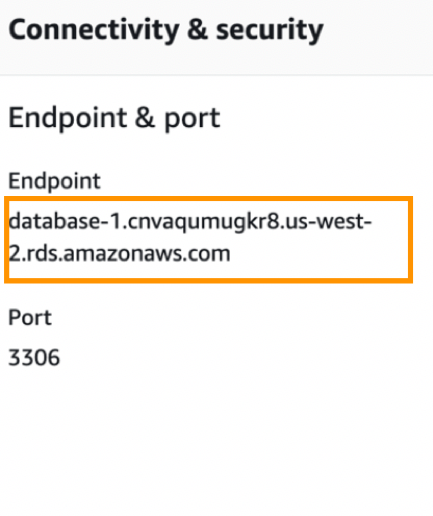AWS Compute Blog
Tag: Amazon Lightsail
Monitoring memory usage in Amazon Lightsail instance
This post is written by Sebastian Lee, Solution Architect, Startup Singapore. Amazon Lightsail is a great starting point for those looking to get started on AWS. Lightsail is ideal for startups, SMBs, and hobbyist developers because it simplifies the deployment of instances, databases, load-balancers, CDNs, and even containers. However, you cannot track metrics beyond CPU […]
Building a Graylog server to run on an Amazon Lightsail instance
This post is part of a collection by the Amazon Lightsail team to highlight how builders are using Lightsail to get started on AWS building interesting solutions. If you’re interested in contributing a post on how you’re using Lightsail reach out to us at lightsail-blog-authors@amazon.com! This post is guest contributed by Amazon Lightsail customer, Richard […]
Improving website performance with Lightsail Content Delivery Network
This post was written by Mike Coleman, Senior Developer Advocate Amazon Lightsail recently announced the release of Lightsail Content Delivery Network (CDN). With this launch customers can now distribute their content more securely to users across the globe. Content is served from the edge location closest to the end user which improves performance while reducing […]
Using WebSockets and Load Balancers Part two
This post was written by Robert Zhu, Principal Developer Advocate at AWS. This article continues a blog I posted earlier about using Load Balancers on Amazon Lightsail. In this article, I demonstrate a few common challenges and solutions when combining stateful applications with load balancers. I start with a simple WebSocket application in Amazon Lightsail […]
Proactively Monitoring System Performance on Amazon Lightsail Instances
This post is contributed by Mike Coleman, AWS Senior Developer Advocate – Lightsail I commonly hear from customers that they want to be able to proactively identify issues that could affect system performance before they become a problem. For instance, the ability to be alerted before an instance might become unresponsive to a burst in […]
Enhancing site security with new Lightsail firewall features
This post is contributed by Mike Coleman, AWS Senior Developer Advocate – Lightsail Amazon Lightsail provides an easy way to get started with AWS for many customers. The service balances ease of use, security, and flexibility. The Lightsail firewall now offers additional features to help customers secure their Lightsail instances. This update offers three new […]
Using AWS CodeDeploy and AWS CodePipeline to Deploy Applications to Amazon Lightsail
This post is contributed by Mike Coleman | Developer Advocate for Lightsail | Twitter: @mikegcoleman Introduction Amazon Lightsail is the easiest way to get started in the cloud, allowing you to get your application running on your own virtual server in a matter of minutes. But, what do you do if you want to update […]
Using Load Balancers on Amazon Lightsail
This post was written by Robert Zhu, Principal Developer Advocate at AWS. As your web application grows, it needs to scale up to main performance and improve availability. A Load Balancer is an important tool in any developer’s tool belt. In this post, I show how to load balance a simple Node.js web application using […]
Building a Photo Diary on Amazon Lightsail with Ghost
This post was written by Robert Zhu, Principal Developer Advocate at AWS. Ghost is a simple and flexible alternative to WordPress. With Ghost, you can build a beautiful company website, personal portfolio, photo diary, or anything in between. In this post, I show you how to start a photo diary using Ghost on Amazon Lightsail, […]
Amazon Lightsail Database Tips and Tricks
This post is contributed by Mike Coleman | Developer Advocate for Lightsail | Twitter: @mikegcoleman Managed Databases on Amazon Lightsail are affordably priced, and incredibly easy to run. Lightsail databases offer a solid foundation on which to build your application. You can leverage attractive features like one-click high availability, automatic backups, and a choice of […]









